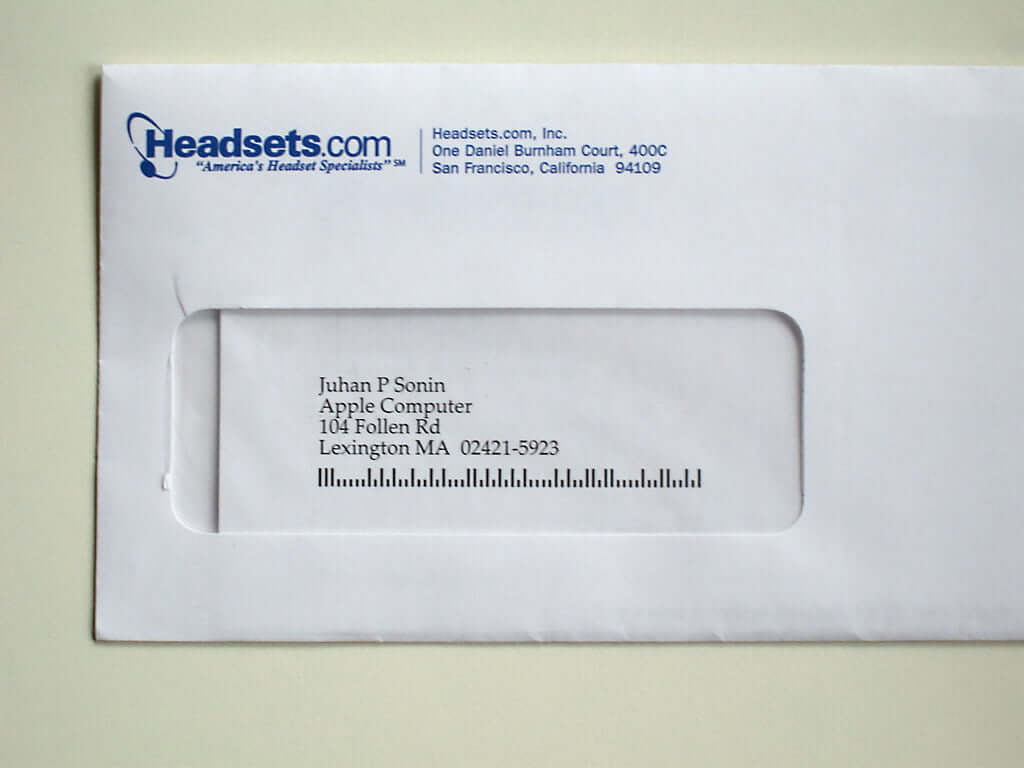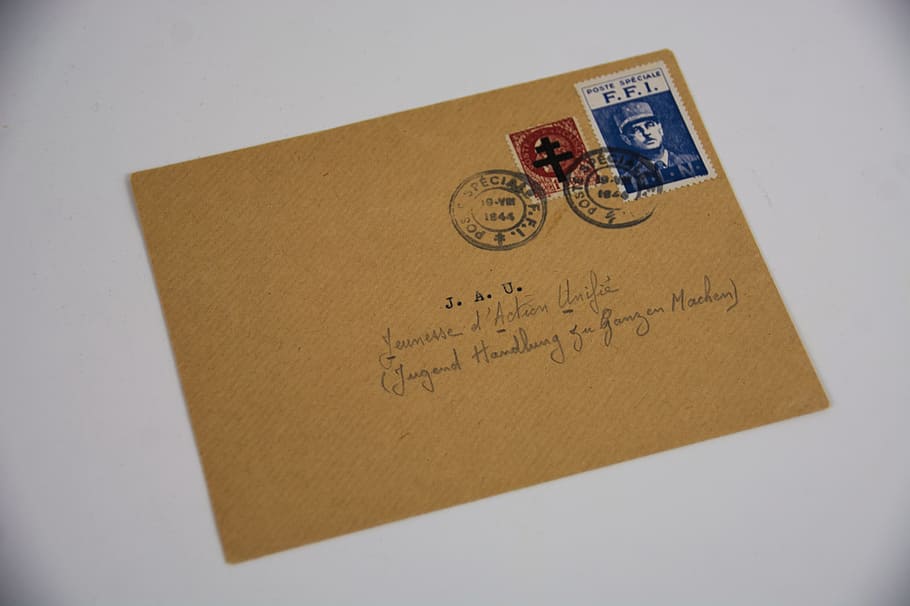When it comes to addressing an envelope to a family, there’s a unique charm in capturing the collective identity while acknowledging individual members. In this guide, we’ll explore the art of addressing an envelope to a family, a gesture that not only conveys respect but also enhances the personal touch of your correspondence.
Table of Contents
How to Address an Envelope to a Family
Understanding Family Structure
Before delving into the intricacies of addressing an envelope, it is important to understand the family structure. Families come in different forms – nuclear families, extended families, blended families and many more. Recognizing the dynamics of the family you are addressing will guide you in crafting a thoughtful and respectful address.
1. Traditional Formality:
If you’re aiming for a more traditional and formal approach, start by addressing the envelope to the head of the household. For example, if Mr. and Mrs. John Smith are the parents, you would write:
Mr. and Mrs. John Smith
[Street address]
[City (*): State (*): Zip code]
This traditional method is suitable for formal occasions such as weddings, anniversaries or official correspondence.
2. Inclusive Approach:
In a world that values inclusivity and recognition of individual identity, you may opt for a more inclusive approach. Acknowledge each family member by name to emphasize the personal connection. For example:
John and Sarah Smith
[Street address]
[City (*): State (*): Zip code]
This approach is particularly suitable for casual or friendly correspondence, where a warm and personal touch is desired.

3. Using family titles:
To add a touch of warmth and familiarity, consider using family titles when addressing envelopes. This approach is ideal for close-knit families or informal situations. Here’s an example:
smith family
[Street address]
[City (*): State (*): Zip code]
This way, you are recognizing the entire family unit, promoting a sense of unity and togetherness.
4. Keeping kids in mind:
When addressing the family envelope, it is necessary to consider the presence of children. If the family includes children, you can choose to list their names below the parents in birth order or alphabetically:
Mr. and Mrs. John Smith
Emma, James and Olivia
[Street address]
[City (*): State (*): Zip code]
This not only identifies the parents, but also the younger members of the family.
5. Special circumstances:
In some cases, families may have unique situations such as families with divorced or separated parents, stepfamilies, or adopted children. Sensitivity is important in these situations. Depending on the nature of the relationship, consider addressing each parent separately or collectively:
Mr. John Smith and Mrs. Sarah Johnson
[Street address]
[City (*): State (*): Zip code]
Adapting your approach to specific situations ensures that your gestures are considerate and respectful.

6. Creative Options:
For a more creative or unconventional touch, you can experiment with different formats. Consider including family nicknames or affectionate terms:
The Joyful Smith Crew
[Street address]
[City (*): State (*): Zip code]
This approach adds a personal flair to your envelope, making it stand out and reflect the family’s unique personality.
Conclusion
Addressing an envelope to a family is more than a simple logical task; It is an opportunity to express respect, warmth and thoughtfulness. Whether you choose a traditional, formal style or a more personal and inclusive approach, it is important to recognize and respect the family unit while acknowledging individual members.
By mastering the art of addressing envelopes to families, you enhance the personal connection of your correspondence, leaving a lasting impression in this digital age. So, the next time you pick up the pen to send a letter, take a moment to consider the family you’re addressing, and write down in your envelope the importance you give to real, personal relationships. Let me tell you a lot about it.
Frequently Asked Questions (FAQs) - Addressing Envelopes to Families
Q1: Why is it important to send thoughtful envelopes to families?
A1: Sending thoughtful envelopes to families adds a personal touch to your correspondence, conveying respect and acknowledging the unique identity of each family member. This creates an environment for meaningful communication and increases the overall impact of your message.
Q2: What is the traditional way to address an envelope to a family?
A2: The traditional approach involves addressing the envelope to the head of the household. For example, Mr. and Mrs. John Smith are followed by the street address, city, state, and zip code. This formal method is often used for official or special occasions.
Q3: How can I be more inclusive when addressing family envelopes?
A3: To be more inclusive, consider addressing each family member by name while emphasizing the personal connection. You can write “John and Sarah Smith” after the street address. This approach is suitable for casual or friendly correspondence.
Q4: Is there a way to address a family envelope without listing individual names?
A4: Yes, you can use family titles for a more inclusive experience. For instance, “The Smith Family” and a street address come next. This approach recognizes the family unit as a whole and is suitable for a variety of informal situations.
Question 5: What if there are children in the family? How should I address the envelope?
A5: When addressing families with children, you can list the children’s names below the parents. This can be done in birth order or alphabetically, identifying each family member. For example, “Mr. and Mrs. John Smith, Emma, James, and Olivia.”
Question 6: How do I find envelopes for families with unique situations such as divorced or separated parents?
A6: Sensitivity is important in such cases. Depending on the nature of the relationship, you may choose to address each parent separately or collectively. For example, “Mr. John Smith and Mrs. Sarah Johnson.”
Q7: Can I be creative in addressing the family envelope?
A7: Absolutely! You can add a creative flair by incorporating family nicknames or affectionate words. For example, “The Joyful Smith Crew” is followed by a street address. This approach adds a personal touch and reflects the family’s unique personality.
Q8: Are there any guidelines for addressing envelopes to extended or blended families?
A8: When addressing extended or blended families, consider listing the names of all relevant family members to ensure inclusion. You can use a combination of personal names and family titles, taking an approach based on the specific dynamics of the family.
Q9: How do I address envelopes to families in a professional or formal setting?
A9: In professional or formal settings, it is advisable to stick to the traditional and formal method. Address the envelope to the head of the household with appropriate titles, such as Mr. and Mrs. John Smith, followed by the street address.
Q10: Is there a preferred format for addressing envelopes to families for special occasions?
A10: For special occasions such as weddings or anniversaries, a traditional and formal approach is often preferred. However, you can still add a personal touch by including the names of the couple or family members in the address, making sure the envelope reflects the importance of the event.


1 thought on “How to Address an Envelope to a Family”